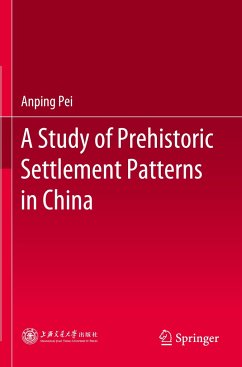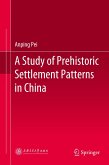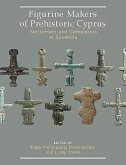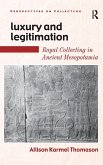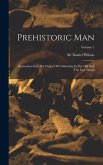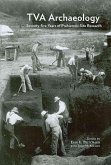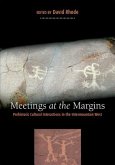This book is the first-ever monograph on clustering patterns in prehistoric settlements. It not only theoretically explains the difference between natural settlement communities and organizational forms for the first time, but also demonstrates the importance of understanding this difference in practical research. Based on extensive archaeological data from China and focusing on the evolution of prehistoric settlements and changing social relations, the book completely breaks with the globally popular research mode which is based on the assumption that settlement archaeology has nothing to do with prehistoric social organization. In terms of research methods, the book also abandons the globally popular method of measuring the grade and importance of settlements according to their size and the value of the unearthed objects. Instead, it focuses on understanding settlements' attributes from the combined perspective of the group and individuals.On the one hand, the book proves thatthe clustering patterns in prehistoric settlement sites reflect the organizational forms of the time; on the other, it demonstrates that historical research focusing on the organizational forms of prehistoric societies is closer to the historical reality and of more scientific value. The intended readership includes graduates and researchers in the field of archaeology, or those who are interested in cultural relics and prehistoric settlements.
Bitte wählen Sie Ihr Anliegen aus.
Rechnungen
Retourenschein anfordern
Bestellstatus
Storno

